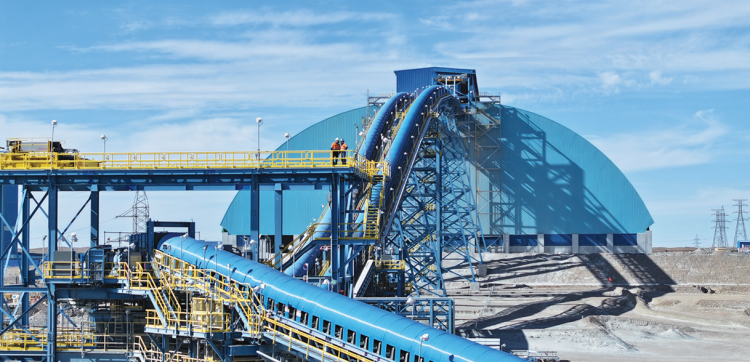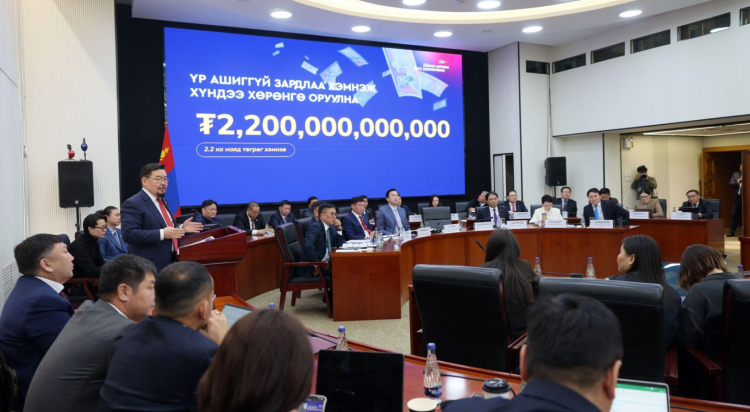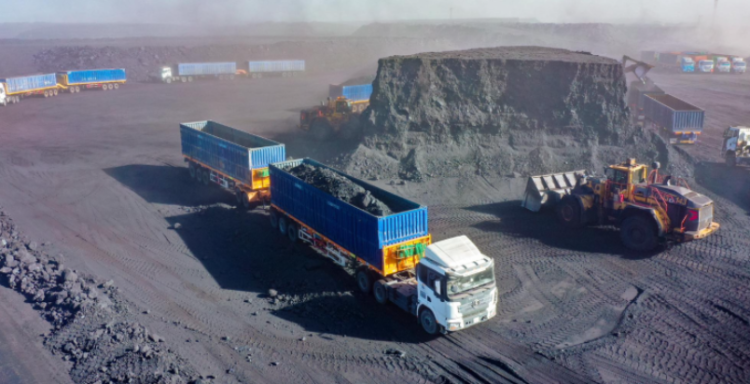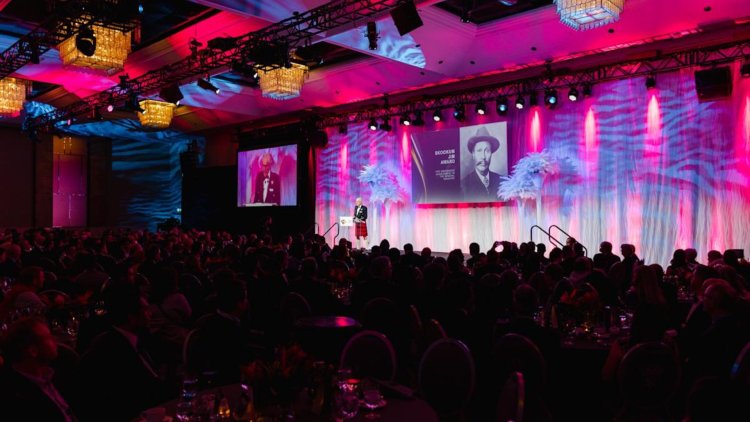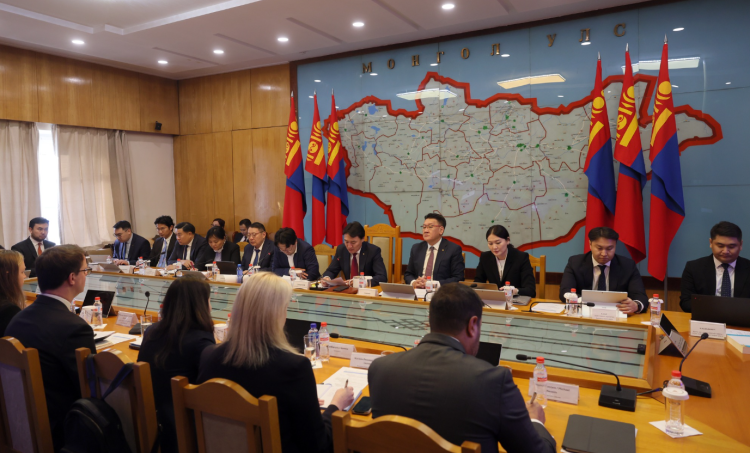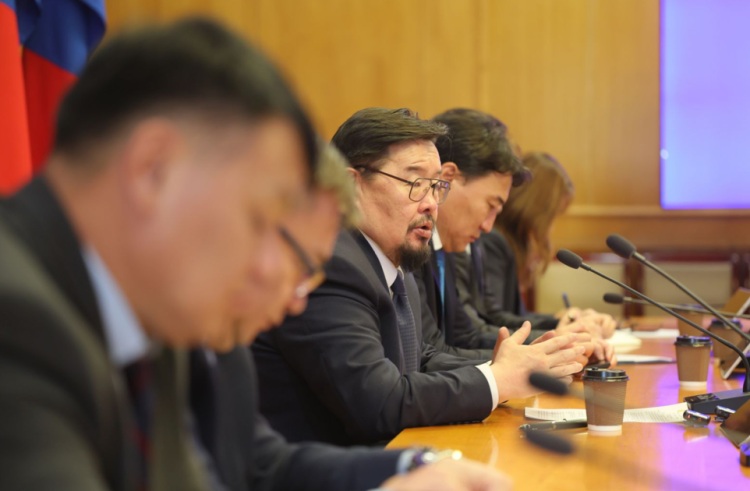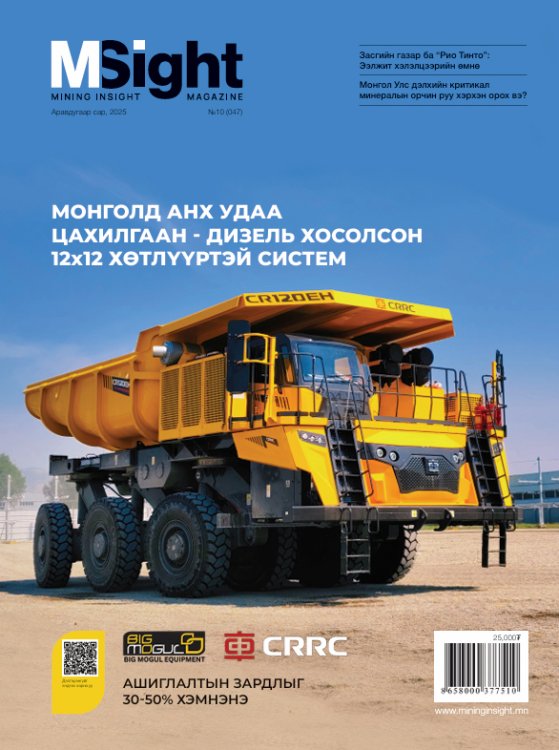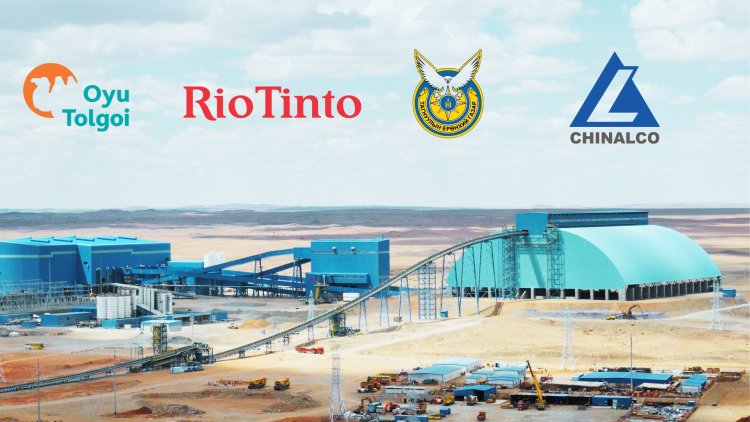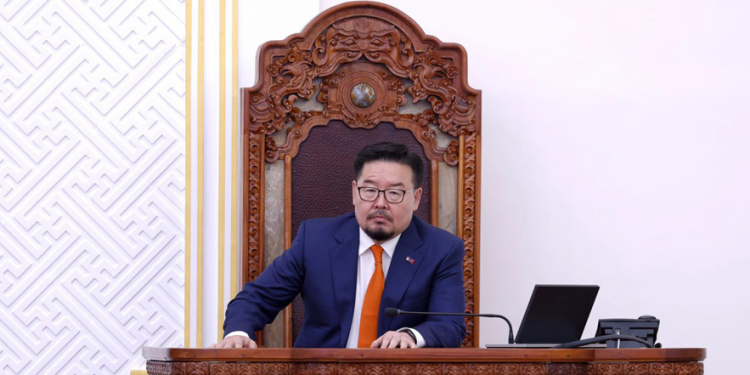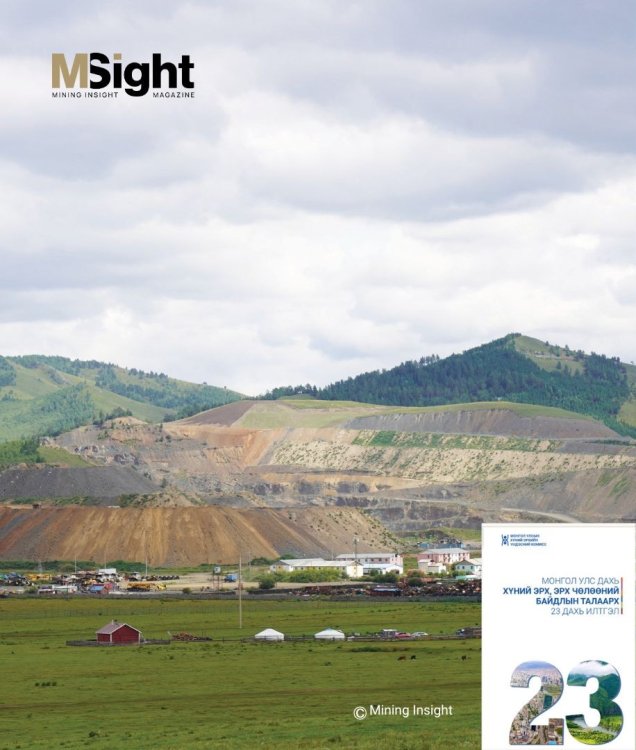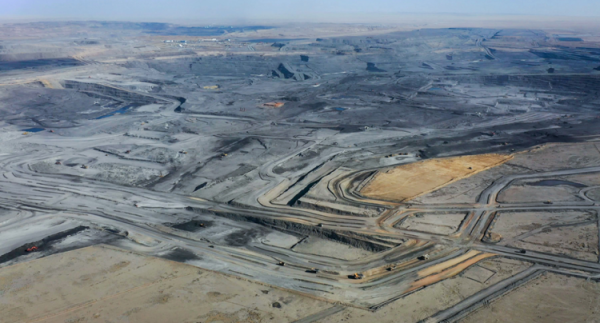The “Oyu Tolgoi” underground mine has introduced an inclined conveyor system, considered the first of its kind not only in Mongolia’s mining sector but also globally. As a result, at a time when ore production has reached a historic peak, the infrastructure to transport it seamlessly is now in place. The path to this achievement has been long, marked by numerous accomplishments, record-breaking milestones, and a proud history. Originally, “Oyu Tolgoi” planned to hoist ore from the underground mine to the surface using five vertical shafts-four for continuous operation and one reserved for standby and maintenance. The first ore-handling vertical shaft is still in operation today, transporting up to 28,000 tonnes of ore daily. However, the method posed major challenges: extremely high risk, lower productivity compared to conveyors, and complex maintenance requirements. Therefore, the team studied the experience of Australia’s Cadia East gold and copper underground mine, which operates a 1.1 km long inclined conveyor. Conveyor systems are more productive, more cost-efficient, and more reliable.
Moreover, there are very few cases worldwide of inclined conveyors being used in underground mines. Thus, Oyu Tolgoi chose a solution that is technologically innovative, economically efficient, and operationally reliable. Their construction and results seem to prove that it was indeed the right choice.
“The conveyor tunnel was excavated simultaneously from both the underground side and the surface. At a depth of 1,100 meters and more than 10 kilometers away from the starting point, the two tunnel headings met with a deviation of only 20 centimeters. This is essentially like digging a hole in total darkness. Moreover, due to blasting, conditions in underground tunneling are constantly shifting, so the fact that the junction of the tunnels ended up with only a handspan’s difference clearly demonstrates the precision, accuracy, and skill with which the work was executed,” said D. Yeruult, Senior Engineer at Oyu Tolgoi. Alongside the conveyor tunnel, another tunnel was built for the passage of maintenance equipment and pipelines installation. The twin tunnels, each 5 meters in diameter and spaced about 20 meters apart, are interconnected every 200 meters. In this way, a tunnel stretching approximately 7 kilometers was successfully completed over a sex years. However, completing the excavation did not mean the work was finished. The next major challenge was installing a 6.7-kilometer conveyor inside the inclined tunnel. Unlike working on the surface or a level ground, this required a great deal of engineering ingenuity, responsibility, and skill, according to the project team. It was particularly bold to implement a suspended conveyor in an underground inclined roadway-a decision clearly driven by necessity. Traditional inclined conveyors face issues such as sudden stops, misalignment of the rubber belt, and spillage of ore during transport, which also leads to dust generation. Each of these incidents requires cleaning. But cleaning a 6.7-kilometer ground-mounted conveyor inside a tunnel is extremely labor-intensive, time-consuming, and costly. If not cleaned, the tunnel could become clogged and material could jam beneath the conveyor.
Therefore, the suspended conveyor was introduced as a solution. By leaving space beneath the belt, it became possible to clean with pressurized water sprayed from above. The water is then collected at the end of the conveyor and pumped back out from the underground, making the entire cleaning process far easier and more efficient. Since a suspended conveyor is most prone to swaying, it was secured with chains both lengthwise and crosswise. This was a crucial measure not only for safety but also for operational efficiency. In principle, a conveyor is considered a zero-loss transport system. However, whether or not material is lost depends largely on proper adjustment of the conveyor. That is why everything was done according to strict standards from the start, with safety prioritized all the way to completion. On this basis, “Oyu Tolgoi” has commissioned the world’s first conveyor system of its kind: 6.7 kilometers in length, weighing 18,000 tonnes, and set at a 10.2-degree incline conveyor. In addition, the system falls under the high-speed category, operating at 6.25 meters per second and capable of transporting 7,100 tonnes of ore per hour. This translates to about 700–800 kilograms of ore carried per meter of belt. According to “Oyu Tolgoi” Senior Engineer D. Yeruult: “Currently, the inclined suspended conveyor transports an average of 30,000 35,000 tonnes of ore per day. To monitor and control the entire operation, only 10 to 20 people per shift are required. That such a small number of workers can manage ore transport from the crusher all the way to the concentrator plant shows just how advanced this technology has become.” Another technological highlight is the installation of eight gearless mill drive (GMD), each with a capacity of 5,500 kW and weighing 96.5 tonnes. Together, their energy consumption reaches 44,000 kWh-equivalent to the combined electricity use of Bayan-Ölgii, Uvs, and Khovd provinces. Remarkably, Mongolian engineers independently carried out the adjustment and assembly of these gearless motors-something that had always previously been done in cooperation with foreign specialists under their supervision. This achievement adds yet another “first” to the list. The conveyor installation required 3,150 tonnes of steel and 55,300 cubic meters of concrete. Even the suspension chains for the conveyor were made of refined heavy-grade alloy steel, known as Alloy chain.
By comparison, Mongolia typically uses lighter grades such as carbon steel. For the “Oyu Tolgoi” underground mine conveyor, a high-grade German DIN-standard rubber belt was chosen-1.6-1.8 meters wide, highly durable, resistant to wear, and capable of operating at temperatures up to +60°C. The belt is also fire-resistant. Inside, it contains sealed steel cords that increase tensile strength and load capacity while enhancing overall durability and protection. In addition, the system integrates state-of-the art technologies that monitor belt wear, prevent tearing, and detect damage in real time. Another major challenge was the installation of the world’s longest conveyor belt, which had to be lowered from above. This method involved counterweights that allowed the belt to slide down using its own weight. Initially, the belt was pulled from below. When one-third of the distance was reached, the belt began moving by gravity. By the time it reached two-thirds of the tunnel, cranes were used to pull it from the opposite end. Dropping such a massive belt into the depths by mistake would have been catastrophic-a risk that engineers had to constantly manage. In the end, however, this high-risk, time saving method was executed safely. In international practice, conveyor belts are typically pulled upward from below. “Oyu Tolgoi” and its contractors successfully defied this convention, pioneering a new method, gaining new experience, and achieving yet another remarkable milestone. This conveyor, hailed as a world first and followed by many achievements, has already reached a peak performance of transporting 35,000 tonnes of ore per day. Once it transitions into continuous operation, it will be capable of moving 96,000 tonnes of ore daily. In essence, this means that by the time “Oyu Tolgoi” underground mine doubles its production and reaches peak output, the transport system will already be fully prepared.
At present, there is no other suspended inclined conveyor anywhere in the world that matches the scale of Oyu Tolgoi’s underground system. The project represents the equivalent of 3.8 million man-hours of labor-the combined effort of every citizen of Mongolia working for one hour.
Mining Insight Magazine, №08 (045), August 2025



